Operating an end dump trailer requires a combination of technical skills, knowledge of safety regulations, and a thorough understanding of the trailer itself. This guide will delve into the intricate details of how to efficiently and safely operate an end dump trailer, ensuring longevity of the equipment and safety of all involved.
Table of Contents
- Understanding the End Dump Trailer
- 1.1 Design and Functionality
- 1.2 Common Uses
- Pre-Operation Checks
- 2.1 Inspecting the Trailer
- 2.2 Safety Equipment and Gear
- Hitching and Unhitching
- 3.1 Proper Techniques
- 3.2 Common Mistakes to Avoid
- Operating the Trailer
- 4.1 Loading Procedures
- 4.2 Dumping Procedures
- 4.3 Navigating Different Terrains
- Best Practices for Safety
- 5.1 Personal Protective Equipment (PPE)
- 5.2 Safe Driving Tips
- Maintenance and Troubleshooting
- 6.1 Regular Maintenance Checklist
- 6.2 Common Issues and Solutions
- Conclusion
Understanding the End Dump Trailer
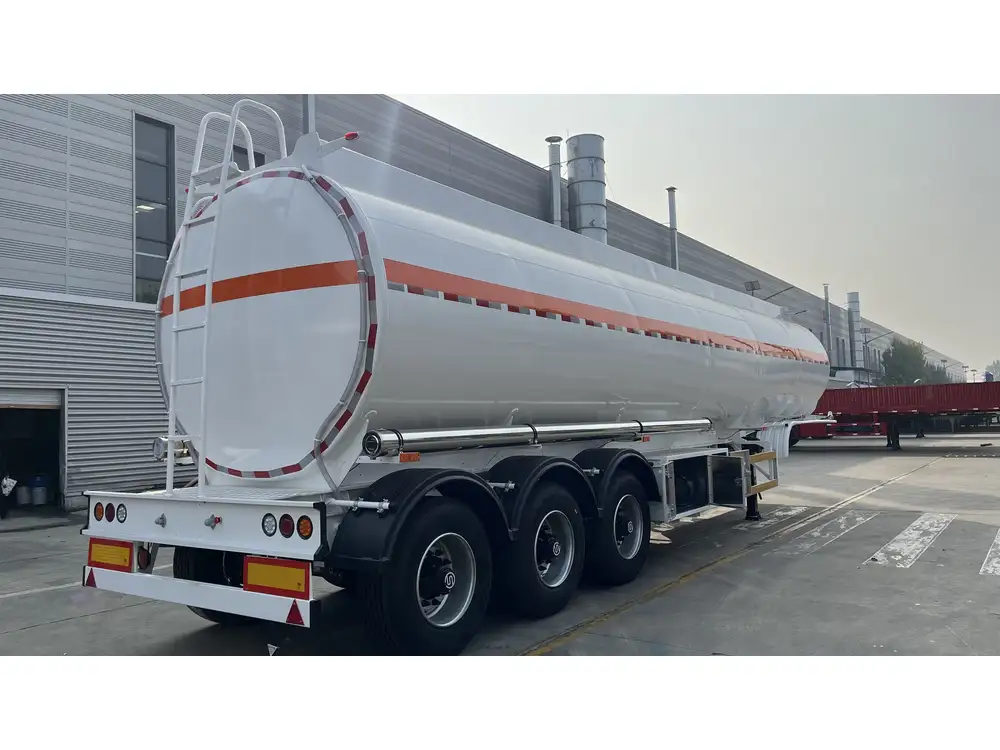
1.1 Design and Functionality
End dump trailers are articulated vehicles designed for transport and unloading of bulk materials. A distinctive feature is their hydraulically operated lift mechanism, which raises the front of the trailer, allowing load discharge from the back end. The design is optimized for materials such as gravel, sand, dirt, and other aggregate substances.
1.2 Common Uses
These trailers find extensive application in construction, landscaping, and agricultural operations. Their capacity, often exceeding 30 tons, makes them valuable for transporting large volume loads. Additionally, they are useful in dump sites where expedited unloading is critical.
Pre-Operation Checks
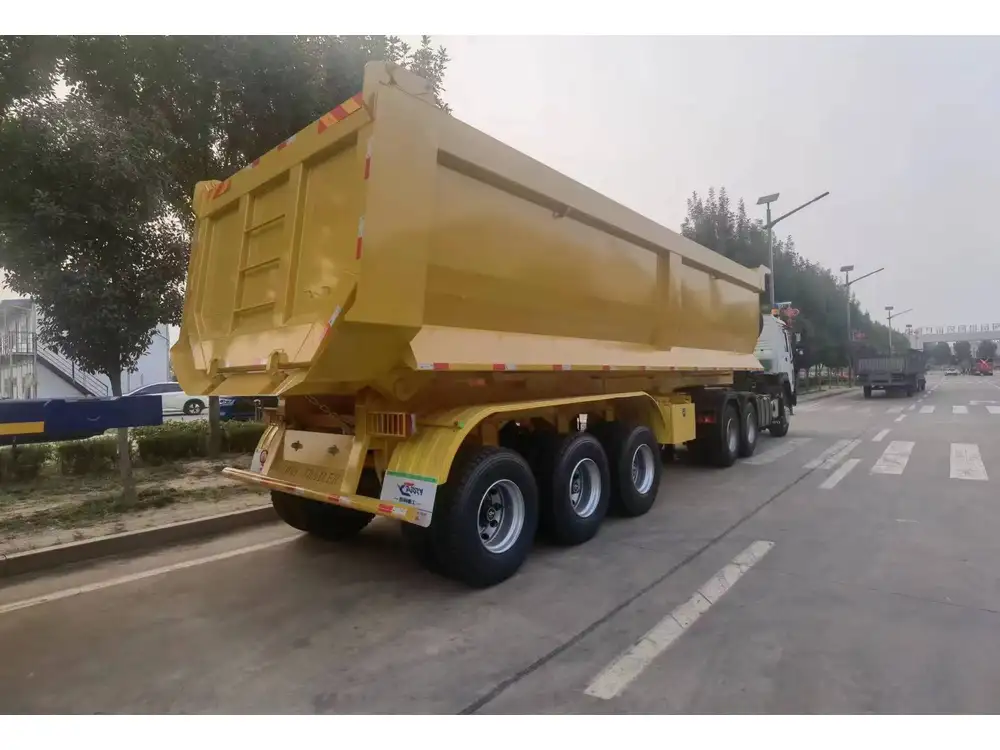
2.1 Inspecting the Trailer
Before proceeding to operate an end dump trailer, it’s imperative to conduct a thorough inspection:
| Area to Inspect | What to Look For |
|---|---|
| Tires | Check for proper inflation, tread wear, and any visible damage. |
| Brakes | Ensure that brakes are responsive and not making unusual noises. |
| Lights | Verify that all signal lights, brake lights, and reflectors are functioning. |
| Hydraulic System | Inspect hoses for leaks and check fluid levels in the hydraulic reservoir. |
| Frame and Bed | Look for any signs of structural damage or excessive rust. |
2.2 Safety Equipment and Gear
Personal safety measures cannot be overlooked. Always wear appropriate personal protective equipment, including:
- Hard hats
- Safety goggles
- Steel-toe boots
- High visibility vests
- Gloves
Confirm that all safety features on the trailer, such as emergency brakes and backup alarms, are operational before use.
Hitching and Unhitching
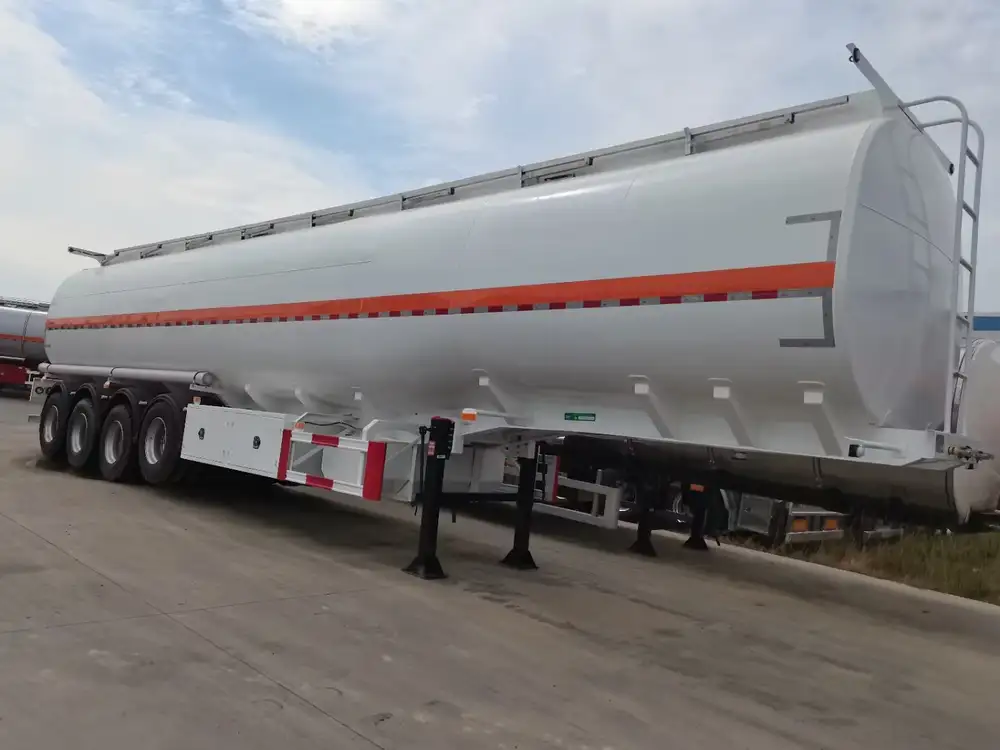
3.1 Proper Techniques
Hitching an end dump trailer correctly is crucial for safe operation. Here’s a step-by-step approach:
- Align the Truck and Trailer: Ensure the truck is perfectly lined up with the trailer.
- Lower the Trailer’s Landing Gear: Use the crank handle to lower the landing gear until the trailer makes contact with the ground.
- Connect the Fifth Wheel: Back the truck into the trailer’s hitch until the fifth wheel locks in place audibly.
- Check Connections: Verify that air lines and electrical connections are firmly attached.
To unhitch, reverse these steps, ensuring the trailer is on stable ground.
3.2 Common Mistakes to Avoid
- Neglecting to Check for Air leaks: Always test for leaks before commencing operation.
- Insufficient Clearance: Ensure the area is clear of personnel and obstacles.
Operating the Trailer

4.1 Loading Procedures
Correct loading techniques are essential:
- Position the Trailer: Park on level ground.
- Distribute Weight Evenly: Load materials evenly across the trailer bed to prevent tipping.
- Monitor Weight Limits: Be aware of the load capacity to avoid exceeding limits, which can lead to accidents or equipment damage.
4.2 Dumping Procedures
When ready to unload, adhere to the following steps:
- Check Surroundings: Ensure the area is clear of obstacles and personnel.
- Lower the Trailer: If necessary, lower the trailer body to avoid excessive height.
- Activate the Hydraulic System: Gradually raise the front of the trailer to allow for a smooth unload.
- Control the Unloading: Maintain a steady raise; abrupt movements can destabilize the load.
4.3 Navigating Different Terrains
Adapting to various terrains is essential. For instance:
- Soft Ground: Use caution to avoid getting stuck. Consider using mud mats if necessary.
- Hilly Areas: Always keep the trailer in low gear when descending hills to maintain control.
- Construction Sites: Be mindful of debris and obstructions that may affect stability.

Best Practices for Safety
5.1 Personal Protective Equipment (PPE)
Always ensure that all operators are equipped with appropriate PPE:
- Hearing Protection: Use earmuffs or earplugs when in noisy environments.
- Face Shields: Essential when working with materials that may create debris or dust.
5.2 Safe Driving Tips
Operational safety is paramount. Implement these practices:
- Maintain Safe Speeds: Adhere to site speed limits and adjust for conditions.
- Use Proper Signaling: Always indicate turns and stops to other drivers and personnel.
- Stay Aware of Your Surroundings: Constantly survey for hazards like pedestrians and equipment.
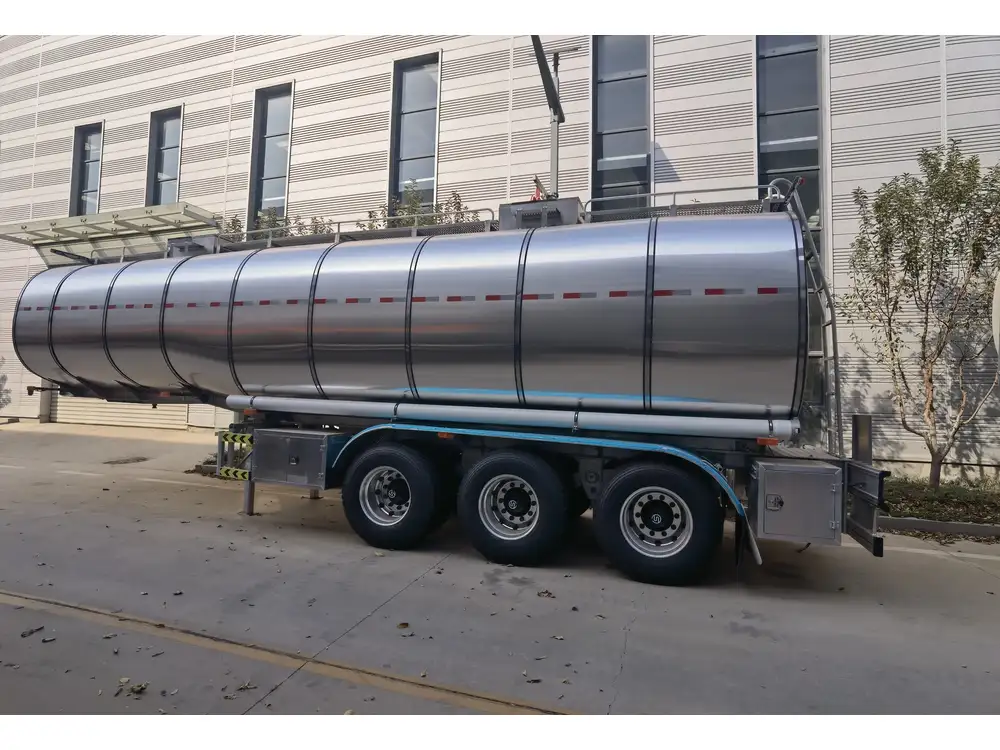
Maintenance and Troubleshooting
6.1 Regular Maintenance Checklist
Regular upkeep will prolong the life of your end dump trailer:
- Daily Checks: Inspect tires, brakes, and lights before each use.
- Weekly Maintenance: Clean the hydraulic system and check fluid levels.
- Monthly Inspections: Look for signs of wear on the hitch, frame, and landing gear.
6.2 Common Issues and Solutions
| Issue | Symptoms | Solutions |
|---|---|---|
| Hydraulic Failure | Unable to lift trailer | Check fluid levels and replace any damaged hoses. |
| Brake Failure | Poor stopping performance | Inspect brake pads for wear and adjust or replace as needed. |
| Tire Blowouts | Excessive wear or foreign objects | Regularly inspect for integrity and maintain recommended air pressure. |
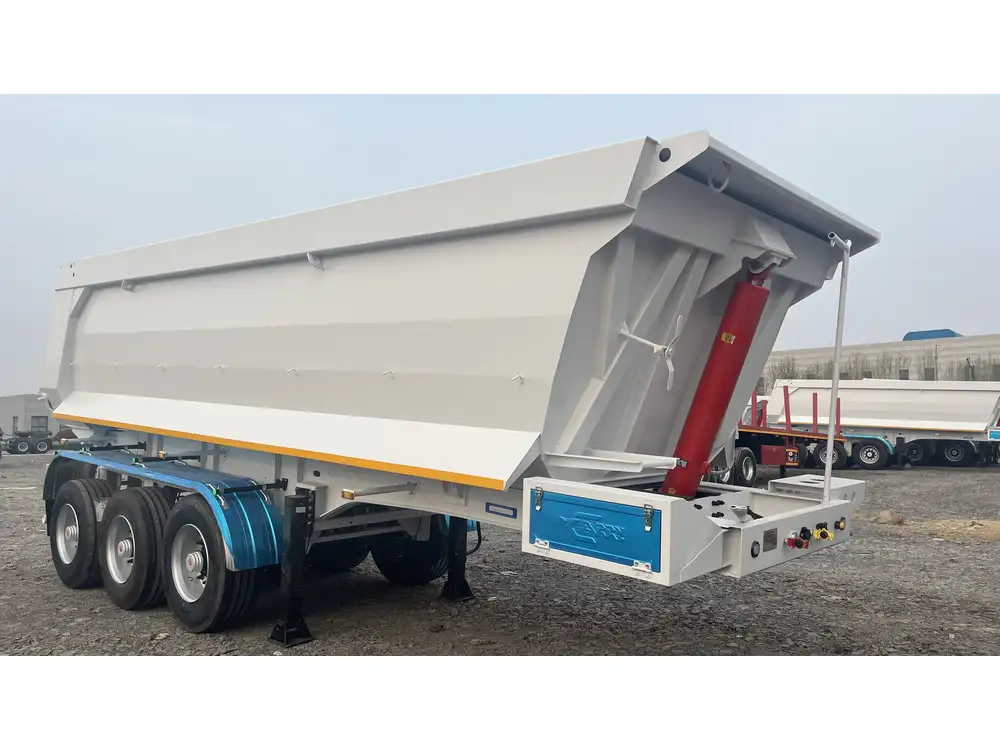
Conclusion
Operating an end dump trailer involves considerable skill and attention to detail. By following proper procedures, maintaining a rigorous safety protocol, and upkeeping the equipment, operators can ensure not just their safety, but also the efficiency and longevity of their trailers. With a solid understanding of both the technical aspects and operational protocols, companies can significantly enhance productivity while minimizing risks.
In summary, effective operation of an end dump trailer hinges on knowledge, preparation, and consistent practice of safety measures. Engaging with these aspects proficiently assures that every venture from loading to unloading is executed with precision and confidence, ultimately leading to successful outcomes in the various applications of end dump trailers.



